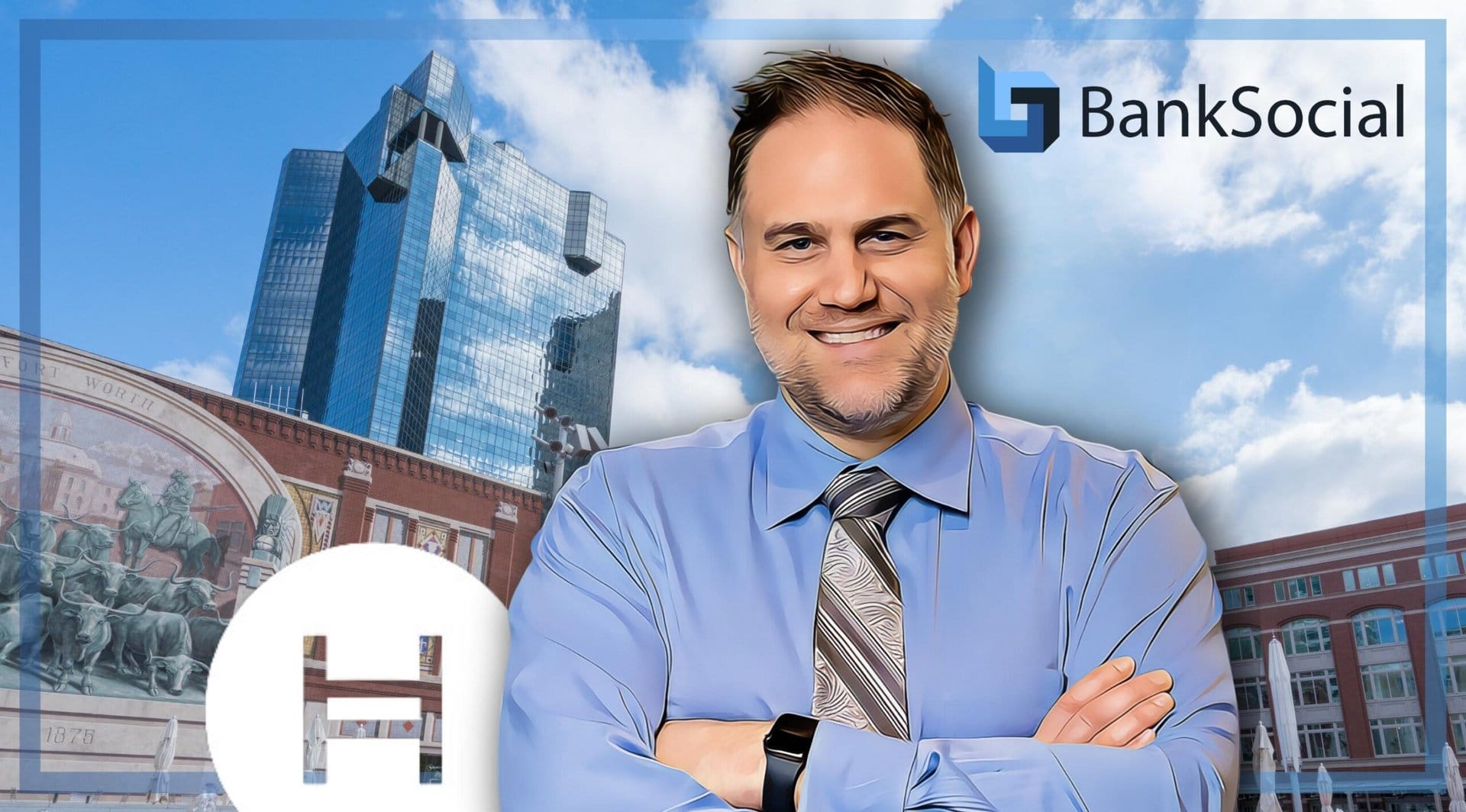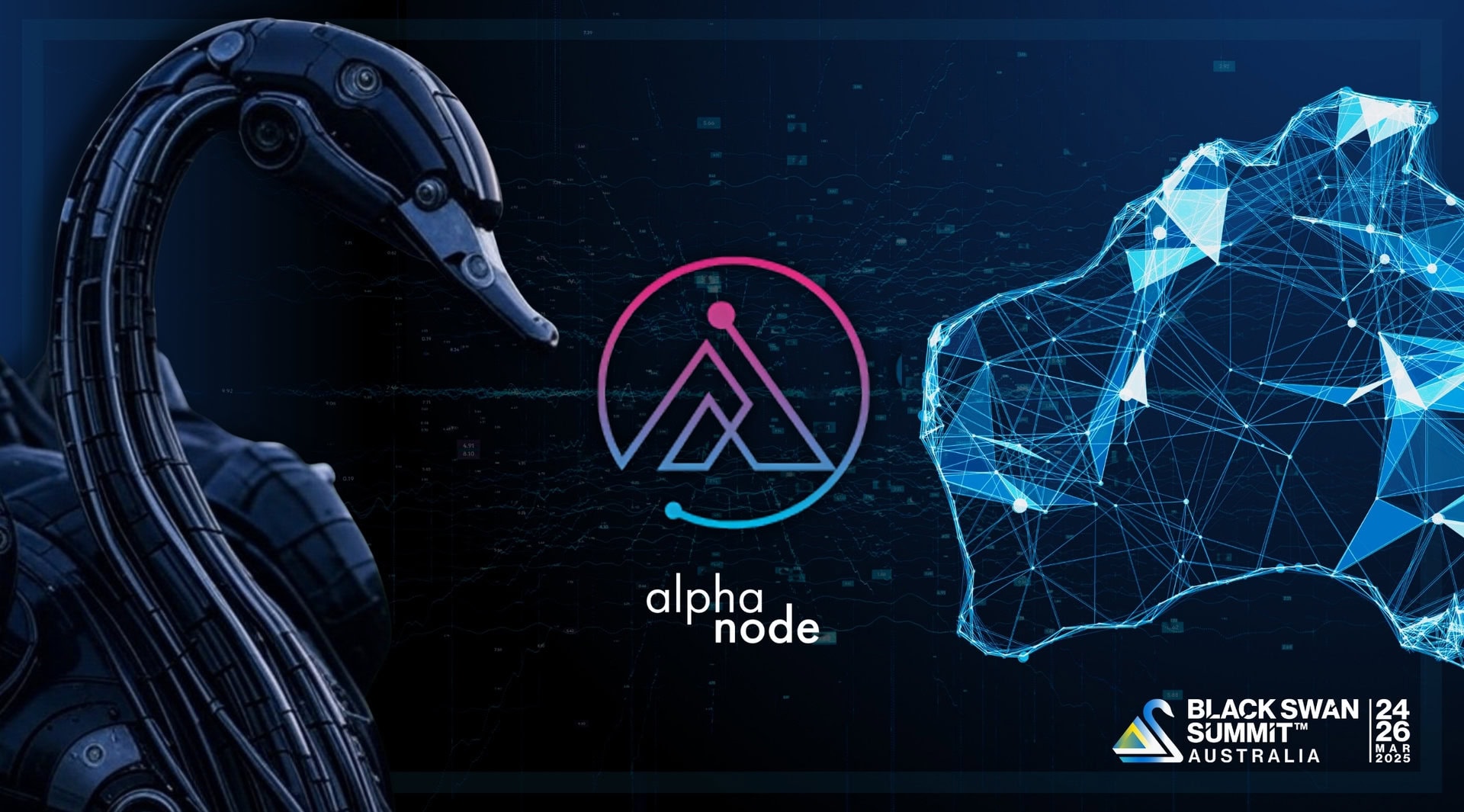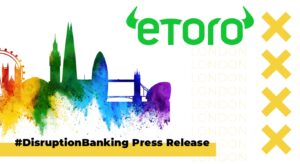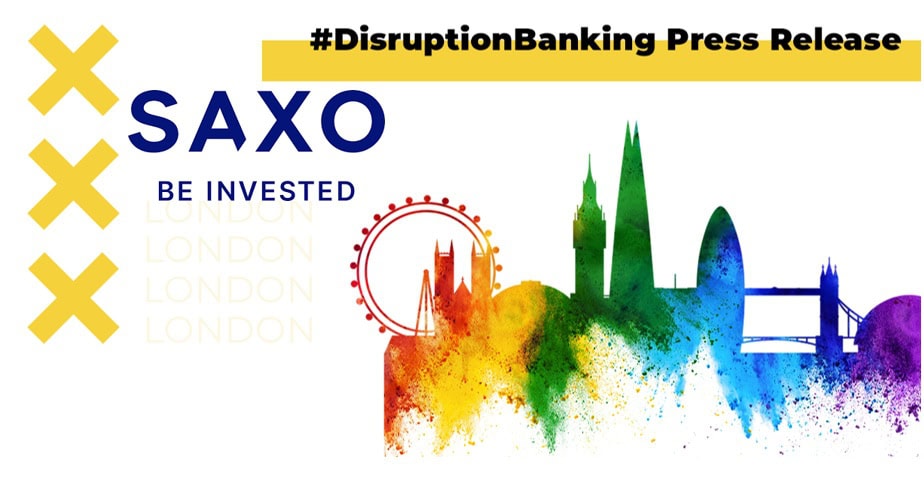It’s the first of its kind. And when you enter the space, you can really feel it. The North American Blockchain Summit didn’t disappoint. Nor did the companies represented at the Summit. One firm stood out, very well represented with senior team members, and with a story to share whilst at the Summit. The message of the story was why Credit Unions should consider BankSocial® and its Hedera solution.
Today, @BANKSOCIALio, in collaboration with industry partners and advisors, announces the proposed DEFY Federal Credit Union – the first digital native, self-custody credit union powered by distributed ledger technology and the ethos of credit unions. https://t.co/jfnNUCFwZ9 pic.twitter.com/jAvplMI9EH
— #DisruptionBanking (@DisruptionBank) November 16, 2023
Last year the American Banker shed light upon some innovative steps taking place amongst credit unions in the U.S. The story centered on First Tech Federal Credit Union and how the financial institution was going to introduce the ability for members to buy and hold Bitcoin in a digital wallet through a mobile app. Other credit unions like WeStreet Credit Union have tried to follow suit.
Importantly, there is a crucial difference between opening to digital assets by letting members buy and hold Bitcoin versus using distributed ledger technology to underpin the infrastructure of a financial institution. The latter is a much harder example to find. At the North American Blockchain Summit, North America’s premier policy conference for the bitcoin, blockchain, and digital asset ecosystems, BankSocial® was present, and the fintech unveiled important news.
BankSocial® offers individuals and enterprises financial solutions such as self-custody crypto exchange, streamlined user verification, and asset-backed lending. With a focus on exceptional member experience. John Wingate, Chief Executive Officer at BankSocial® sat down with Disruption Banking at the Summit to shed light on what was evolving at the fintech.
Helping Credit Unions create a better member experience with BankSocial®
John started early in digital assets. He shared how he had been involved in the very early Bitcoin crowd. But he also highlighted how one of his most important moments came when he discovered the Hedera hashgraph.
“Ethereum was a big step forward,” John explained, “But in 2016 I saw the white paper from Leemon Baird about hashgraph and I knew that this was a great solution.”
After 2016 John kept a close eye on how Hedera developed. How the collaboration between Swirlds (the inventor of the hashgraph algorithm) and CULedger, now Bonifii, was a great start to collaborating with credit unions. However, John pointed out how this initiative was mainly focused on improving collaboration between credit unions, and not on the member experience itself.
Pointing to digital transformation in the payments area in countries like India or Kenya, John highlighted how credit unions in the U.S. can take the quantum leap into the future too. And Hedera can be the springboard to achieve this with.
“We know that there are credit unions that believe in the future, because they’re small and they are democratically controlled. One member. One vote. What does that sound like?” John shared alluding to similarities between the membership structure of credit unions and the way that the DeFi ecosystem and DAOs work.
“What was missing in the initial discussions between Swirlds and the credit unions was the idea of bringing it all together from a member’s experience,” John continued. “It’s great that credit unions are participating, but if that doesn’t translate into a better member experience, it makes little difference.”
Open Banking with DLT
When John joined forces with Chief Operating Officer of BankSocial®, Becky Reed, they reimagined the member experience through the concept of decentralized finance, open banking, powered by DLT.
Exciting news! We've secured a strategic investment from @The_Hashgraph to accelerate our mission of bringing #OpenBanking to the world!
— BankSocial.io (@BANKSOCIALio) November 13, 2023
Read more in our press release: https://t.co/U0ehUH1pBC#BankSocial #Hedera #Swirlds
“Not the open banking that MasterCard and VISA and Chase have been promising,” John explained. “But a collaborative open banking, open-source concept.”
There are huge benefits to creating a transparent infrastructure in the banking industry, like one that would operate on a blockchain. John pointed to how quickly prosecutors were able to piece together evidence in the case of FTX. Normally, with a traditional banking infrastructure, this would have taken much longer. In the case of FTX it was clear instantly, from the data available, that the firm had committed to its customers one thing but had done something else. Case closed.
John explained how credit unions wouldn’t have to change their core banking infrastructure to work with the Hedera hashgraph. He explained how the Hedera Consensus Service (HCS) can be used for ‘hashing’.
“We can take core data,” John shared. “Hash checkpoints. Hash data. And hash financial transactions.”
“There is no need for any Personally Identifiable Information,” John explained. “We can take a core and provide all these additional features and benefits of DLT right alongside the existing core.”
How about the SEC?
Gary Gensler is always a topic when discussing digital assets or blockchain. The same was the case when we spoke to John. And, whilst not an outward fan of Gensler, John does think that what is important is what Gensler doesn’t say. But, on the topic of what he has said, he is supportive.
Does PoS make a DLT a security?
— John Wingate (@PresidentHODL) March 10, 2023
When referring to staking Gensler said not your keys not your crypto. Gensler taught a sophisticated blockchain course at MIT. You cannot stake on bitcoin. I’ll let you draw your own conclusions. #blockchain #bitcoin #staking pic.twitter.com/nBCSElSTUj
On the topic of ‘not your keys, not your crypto’, which Gensler famously stated earlier in 2023, John explained how he understands this.
“We believe that regulators are showing that If you are operating in a trustless open environment, then you are more likely to be ok,” John explained. “The regulators are definitely going after scams, and centralized systems, and if you’re going to introduce something that is only quasi right, then you will, at some point, have to face questions from regulators.”
Regulators are more inclined to question market participants on the topic of self-custody of your keys and the reliance on custodians of assets vs someone self-custodying their assets. Your crypto. What John believes is that by bringing in this regulated environment that marries the DeFi communities with the TradFi communities, BankSocial® is building this collaborative ecosystem that can then start to grow.
“We can take a credit union’s existing core and place DLT layer one Hedera right next to it,” John added. “We can take data checkpoints, hash the blocks of data, and throw them into Hedera Consensus Service and then when a regulator has any questions then we can prove that the information stored in the core is true and has not been modified.”
Banking in Web3
John shared how he believes that the market is waiting for a regulated institutionalized financial institution. But one that isn’t an existing bank that offers custody services.
“The future of finance is not going to be where banks use omnibus accounts to hold their customer’s digital assets,” John shared. “Courts will rule that it’s not your digital asset anymore, you signed it away the day you put it in an omnibus account.”
“Web3 was not created for more custodians,” John emphasized. “Web1 was about bulletin board systems where your phone number was your trust system. Web2 came with connectivity, but you still needed to trust the person you’re dealing with. This was ensured through issuing TLS and SSL certificates. With Web3 micro and nano certificates will be created.”
“If I’m a credit union and I spin up a private and a public key and I onboard you in a self-sovereign way, I can take your hash and marry it with my hash and give you the authority that I have as a certificate provider. A known entity on the chain that says I am a credit union. I’ve been verified,” John explained. However, going forward he thinks that we will all become nano certificate issuers. Programmes will become nano certificate issuers. You will be able to spin up a nano certification authority for a split second for a transaction, then close it down.
“That is what Web3 is really about,” John highlighted. “That is the transition. And we think that now we have this capacity on Hedera specifically. And the key to Hedera is partially the speed to finalities, but mainly the network of the council members. A network which can come out with a rule which is codified and put on chain. Importantly, though, everybody can still choose whether they want to use that rule or not.”
A bit more detail
In the U.S. credit unions have over 135 million members. Members who would prefer not to use the big banks like Chase or Wells Fargo, but who are forced to have accounts with them too. This is because credit unions simply don’t have the systems in place to provide members with all the tools that they need.
Something that John and the team at BankSocial® are looking to change. And they are going to change the market imminently.
Author: Andy Samu
See Also:
How Hedera could turn ESG reporting from a fairytale to a reality | Disruption Banking
How Hedera is Decentralizing the Value Chain | Disruption Banking















